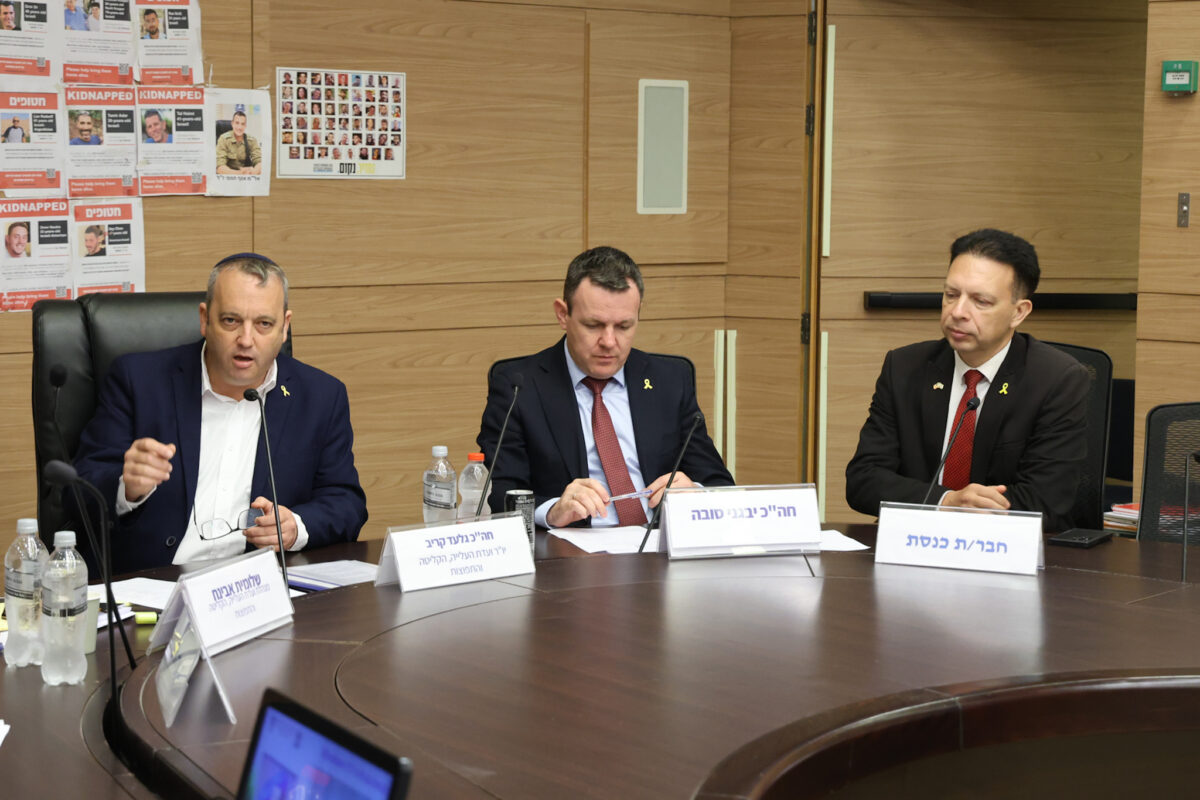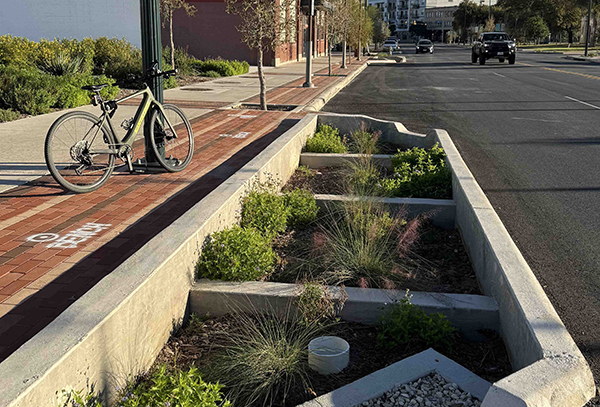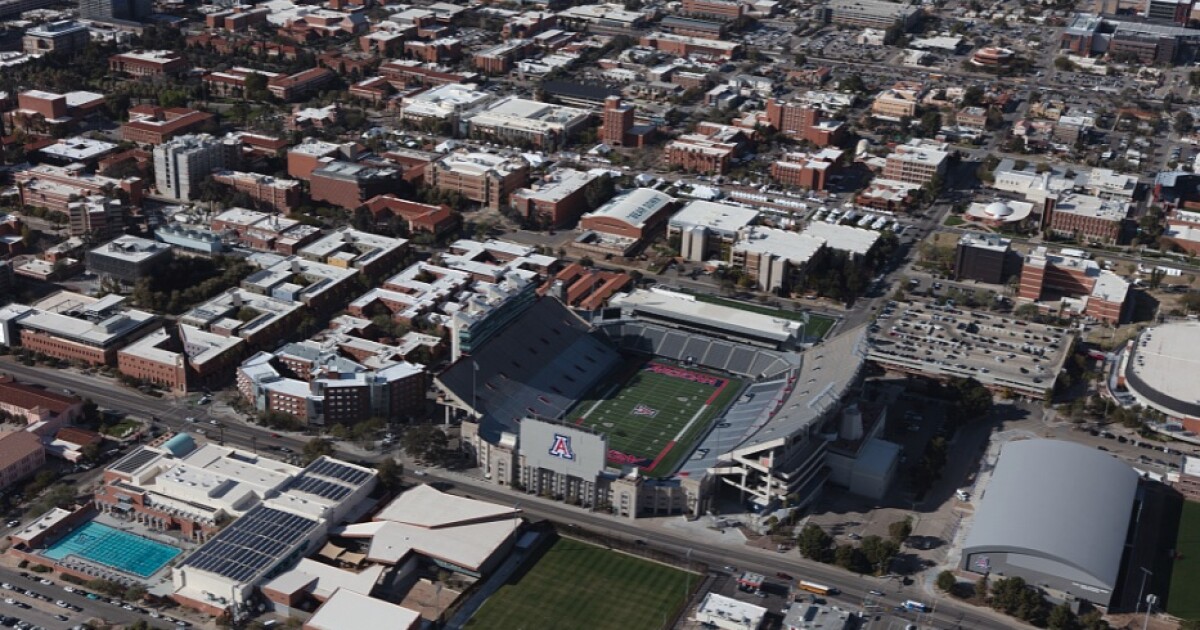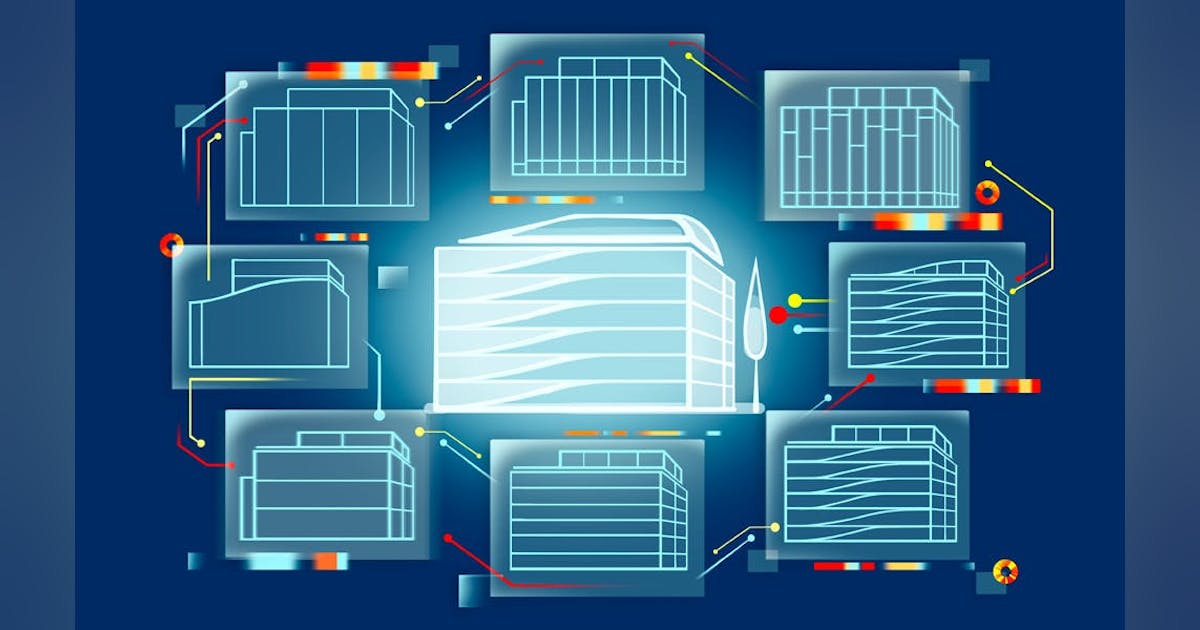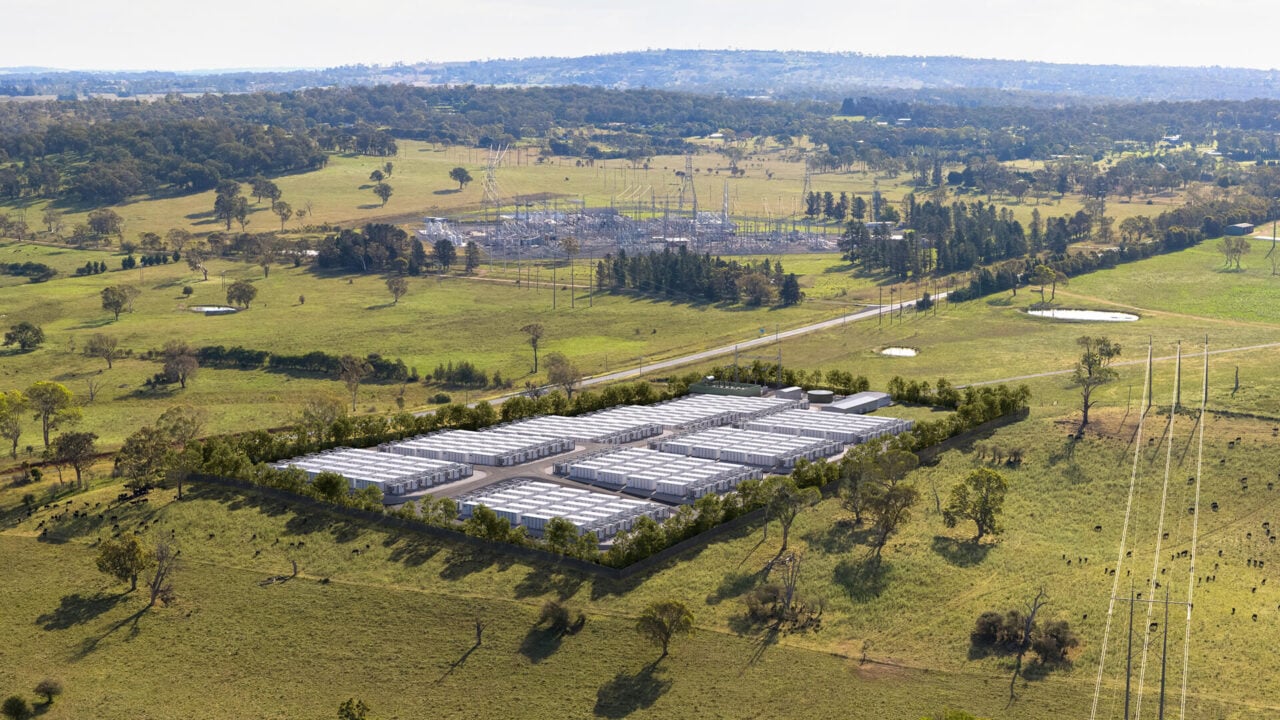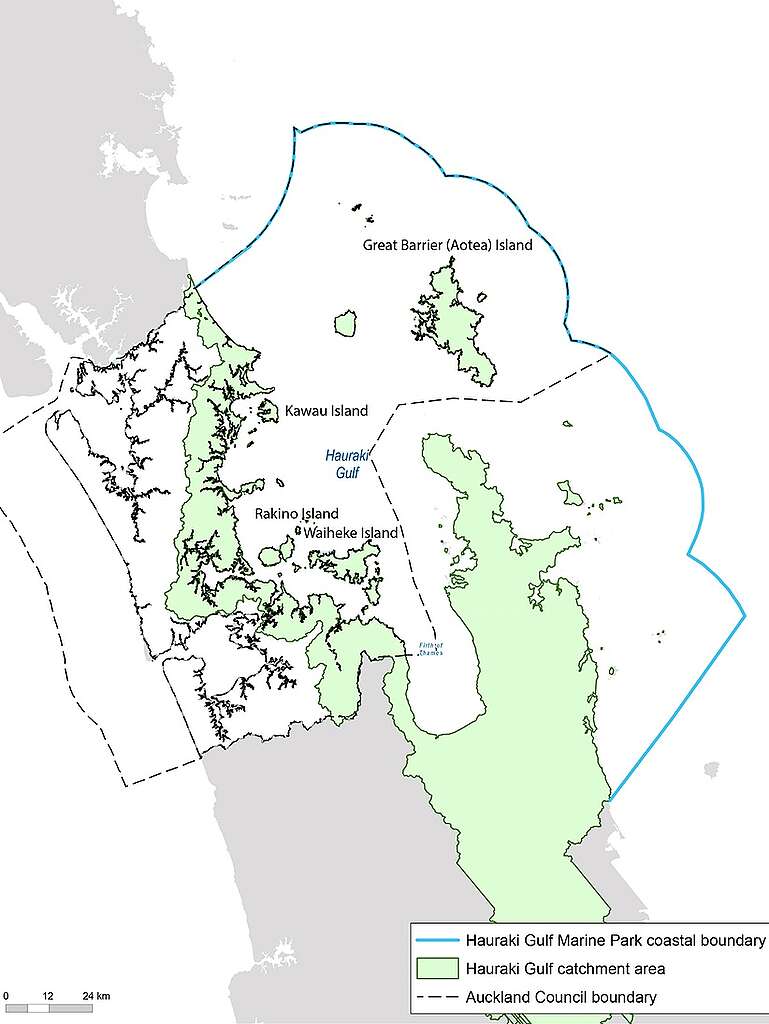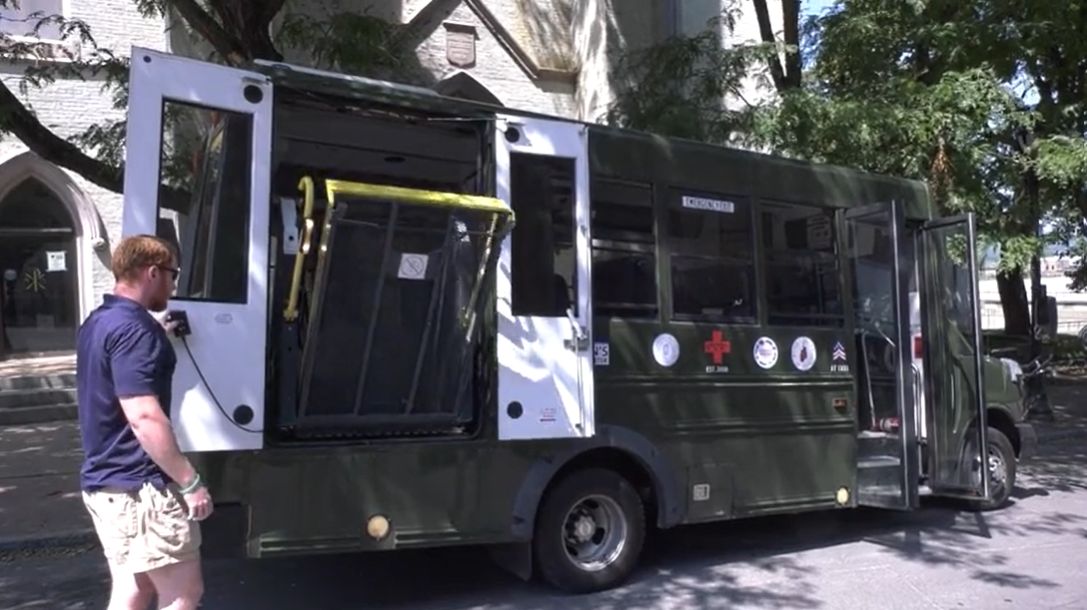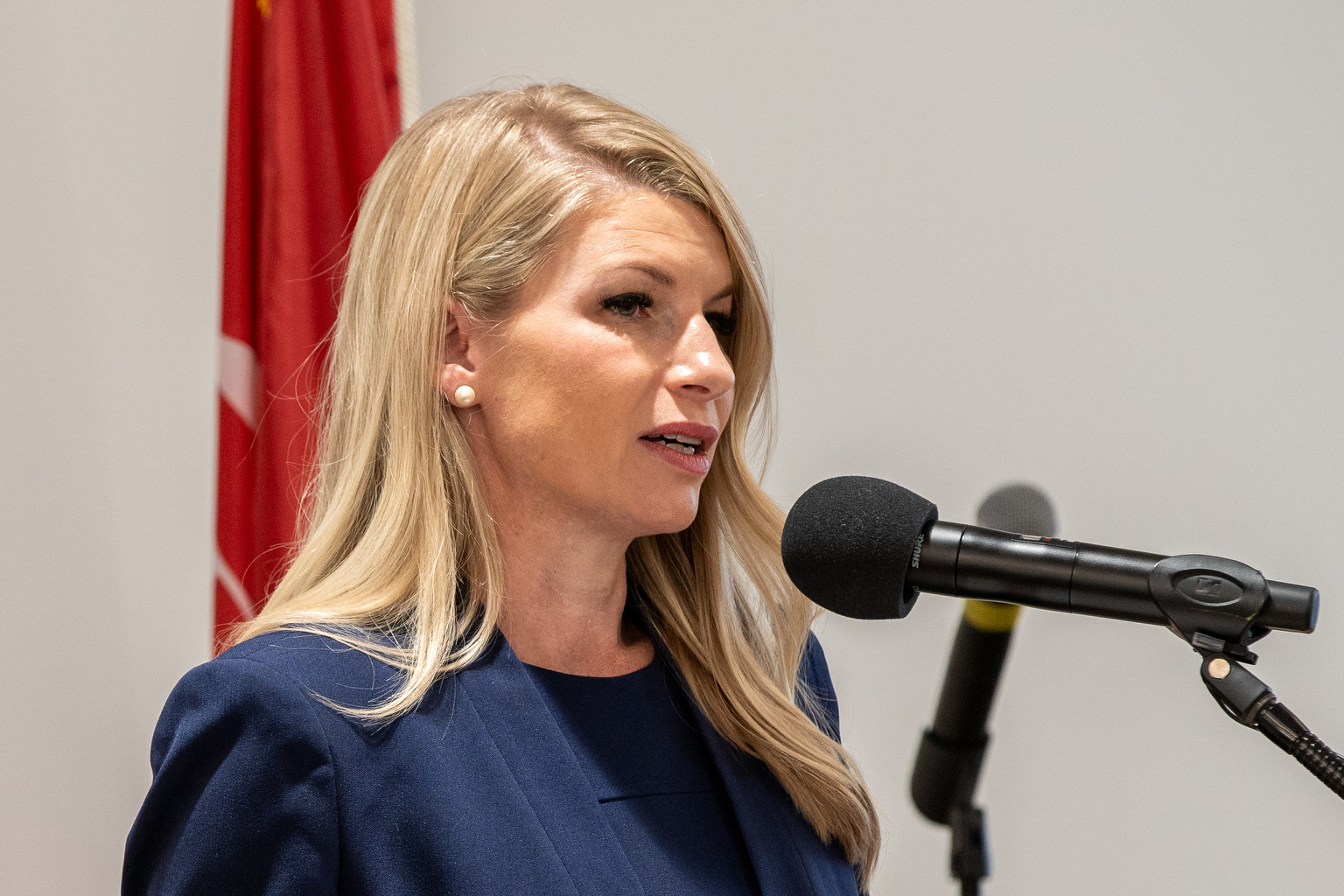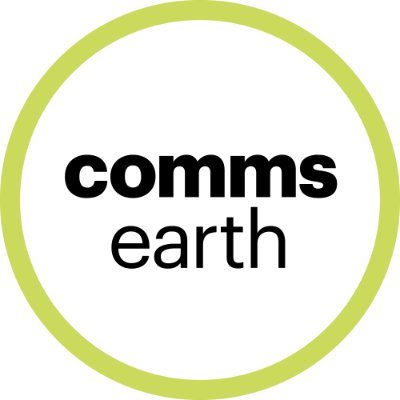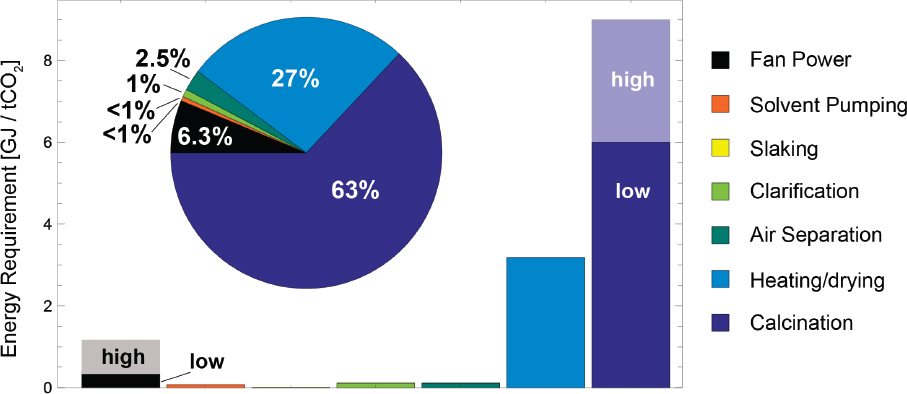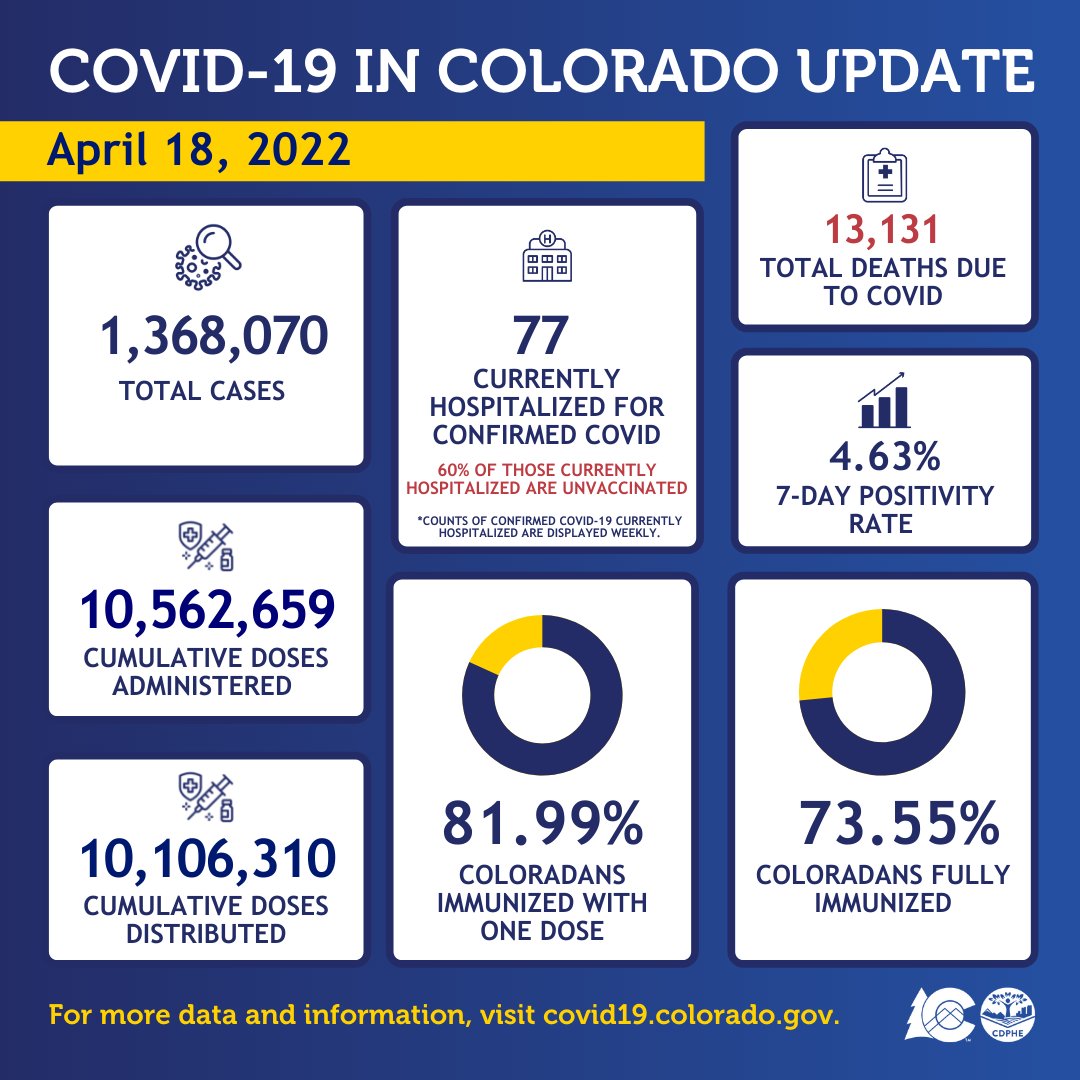Special vehicles monitor air quality block-by-block in Bakersfield – 23ABC News Bakersfield

Statewide Mobile Monitoring Initiative Advances Sustainable Development Goals in California
A statewide initiative in California is leveraging advanced mobile technology to collect hyperlocal air quality data, directly contributing to several United Nations Sustainable Development Goals (SDGs). The partnership between the California Air Resources Board (CARB) and technology firm Aclima deploys specialized vehicles in underserved communities, including Bakersfield, to generate data crucial for public health, environmental justice, and sustainable urban development.
Core Objectives and Alignment with SDG 3 and SDG 11
Enhancing Public Health and Creating Sustainable Communities
The primary objective of the initiative is to safeguard public health and well-being (SDG 3) by identifying and quantifying air pollution at a granular level. Data reveals that pollution concentrations can vary by a factor of five to seven between adjacent streets, underscoring the need for this detailed monitoring. By providing actionable data, the program supports the development of safer, more resilient, and sustainable cities and communities (SDG 11).
Monitored Pollutants and Technological Approach
The fleet of 40 vehicles is equipped with specialized sensors designed by Aclima to measure key air pollutants every second. This high-resolution data provides an unprecedented view of air quality dynamics. The pollutants tracked include:
- Black Carbon
- Carbon Dioxide (CO2)
- Carbon Monoxide (CO)
Addressing Inequality and Promoting Economic Opportunity
Fostering Environmental Justice and Reducing Inequalities (SDG 10)
A central focus of the $27 million initiative is to address systemic environmental disparities. By concentrating monitoring efforts on 64 designated underserved communities throughout California, the program actively works to reduce inequalities (SDG 10). It provides these communities with the data necessary to advocate for cleaner air and hold polluters accountable, advancing the cause of environmental justice.
Local Employment and Decent Work (SDG 8)
Beyond its environmental and health benefits, the program contributes to inclusive economic growth (SDG 8) by creating local employment opportunities. Aclima hires drivers from within the communities being monitored, ensuring that the initiative provides direct economic benefits and fosters community engagement.
Policy Impact and Strategic Partnerships
Data-Driven Policy for Climate and Air Quality Action (SDG 13 & SDG 17)
The data collected is transmitted to CARB for analysis and public dissemination, directly informing the implementation of state law AB617, which mandates action to reduce pollution. This collaboration between a government agency and a private technology company exemplifies a strong partnership for achieving sustainable goals (SDG 17). Furthermore, the monitoring of carbon dioxide contributes to the broader objectives of climate action (SDG 13).
Project Scope and Timeline
- Funding: A $27 million statewide initiative launched by the California Air Resources Board.
- Fleet: Deployment of 40 specialized mobile monitoring vehicles.
- Coverage: Monitoring across 64 designated underserved communities in California.
- Timeline: Data collection in the Bakersfield area commenced in June and is scheduled to continue through March of the following year.
SDGs, Targets, and Indicators Analysis
1. Which SDGs are addressed or connected to the issues highlighted in the article?
-
SDG 3: Good Health and Well-being
- The article directly connects air quality to public health. The initiative is described as being launched by a tech company “focused on improving public health.” Furthermore, an employee is quoted saying, “Measuring air quality, I have a lung condition and so actually knowing that somebody is doing something about our air quality is really important to me,” highlighting the personal health implications of air pollution.
-
SDG 11: Sustainable Cities and Communities
- The project focuses on collecting “detailed air quality data throughout Bakersfield neighborhoods” and other “underserved communities” in California. This effort to monitor and address pollution at a hyperlocal, street-by-street level is a direct action toward making urban environments safer and more sustainable for their inhabitants.
-
SDG 8: Decent Work and Economic Growth
- The article states that “the program creates local employment by hiring drivers from within the monitored communities.” This demonstrates a commitment to inclusive economic growth by providing jobs to residents of the areas being served.
-
SDG 17: Partnerships for the Goals
- The initiative is a clear example of a public-private partnership. It is a “$27 million Statewide Mobile Monitoring Initiative launched by the California Air Resources Board in partnership with Aclima, a California-based tech company.” This collaboration between a government agency and a private enterprise is essential for achieving the goals.
2. What specific targets under those SDGs can be identified based on the article’s content?
-
Target 3.9: By 2030, substantially reduce the number of deaths and illnesses from hazardous chemicals and air, water and soil pollution and contamination.
- The initiative’s core purpose is to measure air pollutants to enable action (“requires the state to do something about pollution sources”). This directly supports the goal of reducing illnesses caused by air pollution, as mentioned by the driver with a lung condition.
-
Target 11.6: By 2030, reduce the adverse per capita environmental impact of cities, including by paying special attention to air quality and municipal and other waste management.
- The project’s focus on collecting “hyperlocal” air quality data in urban neighborhoods like Bakersfield is a direct implementation of this target. The goal is to provide the necessary data to reduce the environmental impact of the city on its residents by improving air quality.
-
Target 8.5: By 2030, achieve full and productive employment and decent work for all women and men…and equal pay for work of equal value.
- The program’s policy of “hiring drivers from within the monitored communities” contributes to this target by providing local, productive employment opportunities.
-
Target 17.17: Encourage and promote effective public, public-private and civil society partnerships, building on the experience and resourcing strategies of partnerships.
- The partnership between the California Air Resources Board (a public entity) and Aclima (a private company) exemplifies this target. They are combining government oversight and funding with private sector technology and expertise to address a public issue.
3. Are there any indicators mentioned or implied in the article that can be used to measure progress towards the identified targets?
-
Air Pollutant Concentrations
- The article explicitly names the pollutants being measured, which serve as direct indicators for Targets 3.9 and 11.6. These are:
- Black carbon
- Carbon dioxide
- Carbon monoxide
- The article also mentions that measurements are taken “every second” and that pollution can “vary between 5 to 7x from one street to the next,” indicating that the granularity and frequency of data collection are key metrics of the monitoring effort itself.
- The article explicitly names the pollutants being measured, which serve as direct indicators for Targets 3.9 and 11.6. These are:
-
Local Job Creation
- For Target 8.5, a direct indicator is the number of local residents hired as drivers for the monitoring vehicles. The article confirms the program “creates local employment by hiring drivers from within the monitored communities.”
-
Existence and Scale of Partnership
- For Target 17.17, the existence of the partnership is itself an indicator. The scale of this partnership can be measured by its financial scope, mentioned as a “$27 million Statewide Mobile Monitoring Initiative,” and its operational scale, which includes “40 vehicles across 64 underserved communities.”
4. Table of SDGs, Targets, and Indicators
| SDGs | Targets | Indicators |
|---|---|---|
| SDG 3: Good Health and Well-being | 3.9: Reduce deaths and illnesses from air pollution. | Concentration levels of measured air pollutants (black carbon, carbon monoxide) that impact health. |
| SDG 11: Sustainable Cities and Communities | 11.6: Reduce the adverse per capita environmental impact of cities, paying special attention to air quality. | Hyperlocal, street-by-street measurements of air pollutants (black carbon, carbon dioxide, carbon monoxide) in urban neighborhoods. |
| SDG 8: Decent Work and Economic Growth | 8.5: Achieve full and productive employment and decent work for all. | Number of local jobs created for drivers from within the monitored communities. |
| SDG 17: Partnerships for the Goals | 17.17: Encourage and promote effective public-private partnerships. | The establishment and operational scale of the partnership between the California Air Resources Board and Aclima (e.g., $27 million funding, 40 vehicles, 64 communities). |
Source: turnto23.com

What is Your Reaction?
 Like
0
Like
0
 Dislike
0
Dislike
0
 Love
0
Love
0
 Funny
0
Funny
0
 Angry
0
Angry
0
 Sad
0
Sad
0
 Wow
0
Wow
0













